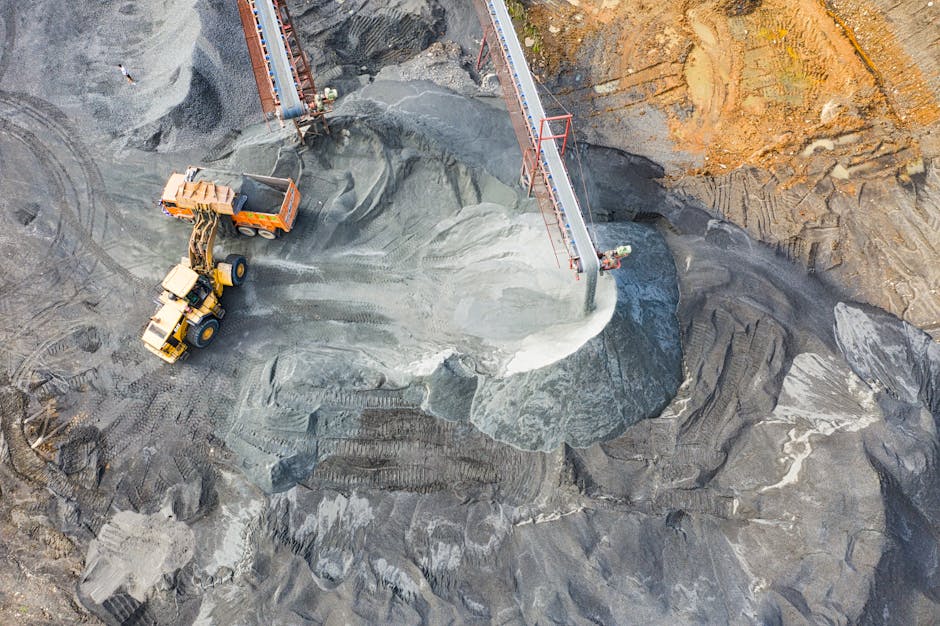Itanagar – In a pivotal moment for its economic history, Arunachal Pradesh has officially inaugurated its first-ever commercial coal mine at the Namchik-Namphuk coal block in Changlang district. The inauguration, led by Chief Minister Pema Khandu and Deputy Chief Minister Chowna Mein, signals a new industrial era for the state, long celebrated for its pristine natural beauty.
A New Era for Arunachal’s Economy
For years, the Namchik-Namphuk coalfields represented a story of untapped potential marred by rampant illegal mining. The formal commencement of operations by the Arunachal Pradesh Mineral Development & Trading Corporation Limited (APMDTCL) is being hailed by the state government as a landmark achievement. The project is poised to become a significant revenue generator, with initial estimates projecting an annual income of at least ₹10 crore for the state exchequer.
Speaking at the launch, Chief Minister Khandu highlighted the project’s dual objectives: achieving economic self-reliance and formalizing the state’s mining sector.
“This is not just about mining coal; it’s about building a sustainable future for Arunachal Pradesh,” he stated. “By bringing these operations under legal and regulatory frameworks, we can ensure scientific mining practices, safeguard our workers, and, most importantly, put an end to the illegal activities that have deprived the state of its rightful revenue for so long.”
Economic Boost and Formalization
The government’s case for the mine is compelling. The operation is expected to create hundreds of direct and indirect jobs, providing a much-needed economic stimulus to the remote Changlang district. With an initial target of extracting 1.25 Lakh Metric Tonnes (LMT) of coal annually, the Namchik-Namphuk mine aims to fuel local industries and contribute to India’s broader energy security goals.
Crucially, the formalization ensures that a portion of the revenue will be channelled back into local area development, funding vital infrastructure, education, and healthcare projects for the communities directly impacted by mining activities.
Navigating the Environmental Tightrope
However, the inauguration is not without its critics and deep-seated concerns. Arunachal Pradesh is a global biodiversity hotspot, a fragile ecological paradise home to countless rare species of flora and fauna. The launch of a commercial coal mine—an industry historically associated with significant environmental degradation—has inevitably raised alarms among environmentalists and conservation groups.
The central challenge for the Khandu-led government will be to navigate this classic development-versus-environment dilemma. Can the “black diamond” be extracted without tarnishing the state’s “green” credentials? The administration has given assurances that the mining will adhere to the strictest environmental norms and employ advanced technologies to mitigate its ecological footprint. These measures include comprehensive plans for land reclamation, pollution control, and afforestation.
A Test Case for Responsible Mining
The success of the Namchik-Namphuk coal mine will be measured not just in tonnes of coal extracted or crores of rupees earned, but in its ability to set a new precedent for responsible mining in an ecologically sensitive region. If APMDTCL can deliver on its promises of sustainable practices and equitable benefit-sharing, it could create a blueprint for other states. If it fails, it risks scarring one of India’s last great wildernesses.
As the first trucks of legally mined coal roll out, all eyes are on Arunachal Pradesh. This venture is more than just a mine; it’s a test case for India’s ability to balance its energy needs with its commitment to preserving its natural heritage.




